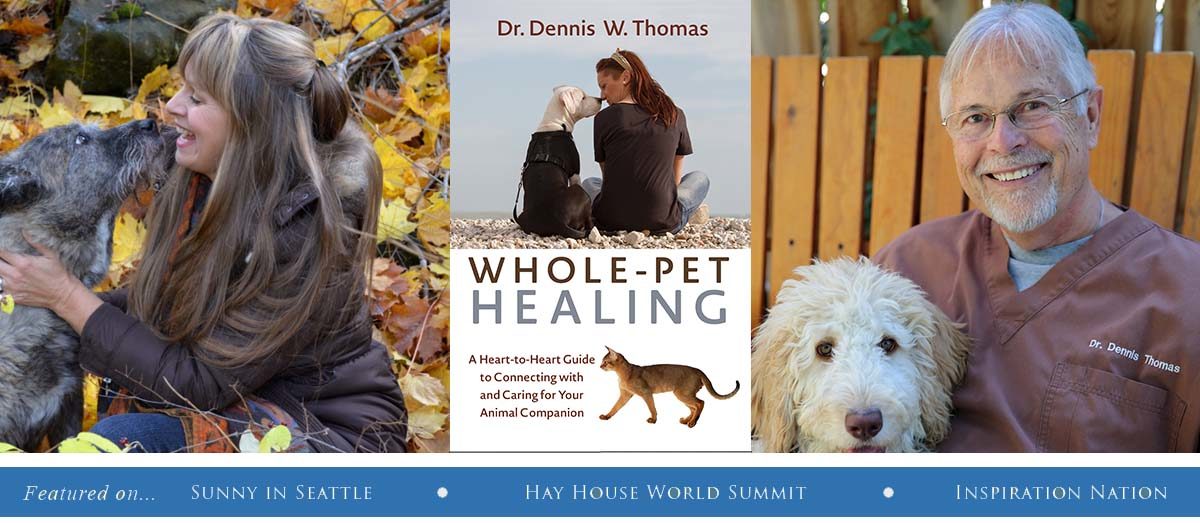To use a familiar quote, “I cannot tell a lie.” I did tell my clients (and myself) that feeding dry kibble will keep a dog or cat’s teeth clean. NOT. This is one of the greatest veterinary myths of all time. Today, we might call it fake news. You might be thinking, “Why in the world would my vet tell me that if it were not true.” It does seem logical. The answer is that your vet was told the same thing and like myself, he bought it. By the commercial pet food company. No research, no evidence. Just fake news to promote the industry. Now that you know “The rest of the story,” let me give you some information that will actually help your pet and not the pet food industry.
One of the great things about being in practice for almost two scores, is that I have seen a lot of things evolve in pet health. Dental health in pets is a great example. When I first started practice in the good old days, we did not clean pet’s teeth. There were no veterinary dental specialist. There weren’t even ultrasonic dental cleaning machines. It was an assumption that older pets got bad teeth and bad breath. Our recommendation: “Don’t let her lick you in the face.
Sometime in the early 90s, there was research that was done that implicated dental disease with other diseases and this led to a new attitude about dental health. Bad teeth actually were unhealthy. Wow, imagine that. So, pet dental health evolved and has been evolving ever since. Today, our profession takes pride in knowing that it can provide the same dental care that you would get at your dentist. Except for one thing, and it is major. Pets won’t sit in a chair and hold their mouths open while cleaning their teeth. General anesthesia is required and that is a major concern when it comes to senior cats and dogs.
Dental disease (periodontitis, gingivitis, etc.) is caused by one primary factor; the presence of an overabundance of bacteria in the mouth. The bacteria cause infection in the gums (gingivitis), inflammation and pain and a waxy byproduct that accumulates on the teeth often referred to as tartar. In time, if the tartar is not removed, it becomes mineralized and causes large plaque or calculus on the teeth, underlying the gingival tissue, causing loose teeth and advanced dental disease with potential secondary diseases such as kidney, heart and liver disease.
Imagine that you are at the dentist for your routine teeth cleaning. They take a few X-rays and tell you that you have some cavities, pockets, etc. The dentist tells you that you need to cut down on your sugar intake. This is the same thing that you were likely told when you were a child. Sugar is a major problem. Bacteria love sugar and need sugar to thrive. Combine a thriving bacteria population in an individual’s mouth with a poor immune system and you have the two requirements for dental disease; sugar and imbalanced immune system.
This is where we take a look at our myth about dental hygiene in pets; “Dry kibble will keep your pet’s teeth cleaned.” How many of you have had your pets eat dry kibble their entire lives and still had horrible dental disease, often requiring dental cleanings at least once a year. Doesn’t make sense, does it?
Here is the truth. Dry kibble will not keep your pet’s teeth clean. Actually, it potentiates that problem. First, dogs and cats do NOT chew their food. They break it down quickly and swallow it. Unlike people, who have digestive enzymes in their saliva to begin the digestive process, dogs and cats do not have this and chewing is not required. They don’t start the digestive process until the food hits the stomach. Then, it is bathed in an acidic fluid produced by the stomach. If you have ever watched a dog or cat eat its food, it has one thing in its mind, getting the food in the stomach as fast as possible.
The paradox with the dry kibble myth is that ALL dry kibble contains starch. It has to have starch in it to produce the glue that holds the kibble together to form the nugget. Without the starch, you would buy a bag of powder. If it is kibble, it has starch. Period. Because dogs and cats are carnivores, starch is converted to sugar. SUGAR, a major contributor for dental disease.
It doesn’t stop there. Sugar, as we know now, creates inflammation in the body. Any diet that contains starch (or sugar) is considered inflammatory in nature. This inflammation is the precursor for all chronic diseases in pets, including dental disease. It begins in the gut, creating inflammation, imbalanced gut microbes and leaky gut syndrome. This happens in every dog and cat fed a heat-processed pet food, especially dry kibble. Take it one step forward. Leaky gut is the primary cause for immune hypersensitivity and immune hypersensitivity causes immune imbalance and poor immune function; our second predisposing factor for dental disease. Summary: Dry kibble creates sugar and poor immune function, potentiating dental disease. Yes, there are other factors such as genetic potential and other disease processes, but even these will not be a factor without inflammation and poor immune function in the body.
So, how do we change our current pet health protocol regarding dental health? It starts by feeding the correct diet; a balanced, fresh diet that does not promote inflammation or create sugar. Then, we offer our pets something to chew that will actually help keep the teeth clean. I recommend raw bones. Feeding raw bones could be another entire blog, but basically, feed them according to size relative to the pet. You should not give a raw bone that the pet can swallow. Give only raw bones, not cooked bones. If you are afraid of bacterial contamination, another myth we vets like to scare you with, then freeze the bones before thawing and giving to your pet.
Another great way to help keep the teeth clean is to feed chicken or turkey necks. Pets love to chew on bones or necks, not only to help the teeth, but it actually makes them feel good. Research has suggested that while the pet chews, it releases endorphins in the body. You can pick up bones at the grocery store or at the butcher shop. Bully sticks have become popular but there has been some controversy over bacterial contamination in some products. I will let you do the research for them as I do not have experience using them.
Lastly, you can brush your pet’s teeth. All you need to do is to use a damp wash cloth placed over your finger and use this to mechanically wipe the surface of the teeth 2-3 times a week. I like to mix coconut oil with a drop of peppermint oil to apply to the teeth and gums. This will reduce any inflammation and infection that may have started.
The key to dental hygiene in the pet is to be proactive instead of reactive. Do the work required now so that you will not be stuck with the vicious cycle of annual teeth cleanings in order to minimize dental disease.
Next time, I will discuss what to do when your pet already has advanced dental disease. There are more options than you might have been told.

